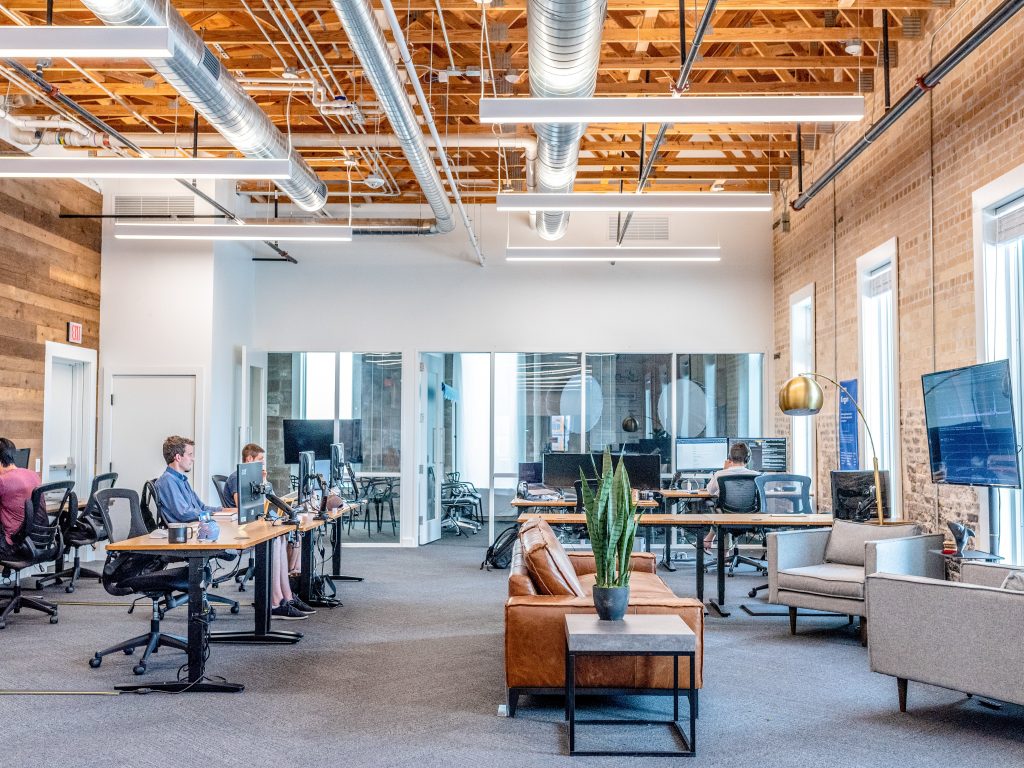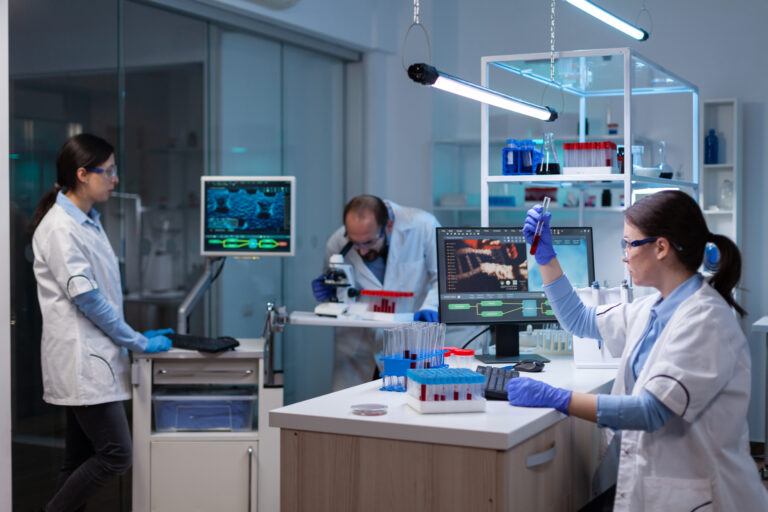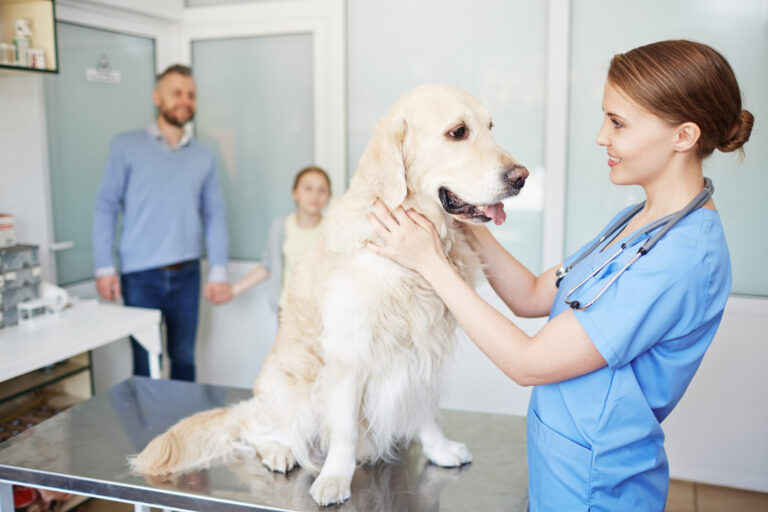Medical emergencies happen, and when they happen in the workplace, you'll need to know what to do. Here are the steps you should take before, after, and during a medical emergency in your office.
Before
Get Proper Coverage
Before anyone in your office has an emergency, get the proper coverage for your employees. Evaluate the health insurance plan you provide and see what's included. You might want to add an Ambulance cover for your staff. The cost of ambulance services varies based on health insurance, so let your team know how much of an ambulance ride will be covered by their plan. If you can, try to reevaluate the insurance you offer and provide your staff members with the best coverage. Search for ambulance cover with iSelect. This will give your team peace of mind, knowing that they're covered in any situation.

Establish a Safety Officer & Procedures
It's always best to assume something with go wrong and to have someone in charge if it does. Establish a safety officer and safety procedures in your office. Make sure every team member knows what to do if someone experiences a medical emergency. Your safety officer should feel confident in high-stress situations and should command respect from the other employees since he or she will be calling the shots during the emergency.
Establish safety procedures, such as what to do in a fire or if an employee has a seizure, and go over them regularly. You never know when an emergency situation will arise, so keep the procedures fresh in everyone's minds. You might also want to ask your safety officer to become CPR and AED certified. These skills will be invaluable in the event of a life-threatening emergency and will give everyone in the office a little peace of mind knowing that someone is trained.

During
Stay Calm
Witnessing someone have a seizure or a heart attack can be terrifying, but it's important that everyone in the office stay calm. The safety officer can instruct everyone to step back and ask one person to call 911. He or she can then begin CPR if necessary. The last thing you need during this time is someone screaming or trying to interfere with the safety officer.
You might want to run practice drills during your safety meetings so everyone can experience a simulation of what an emergency might be like. A real situation will be different, but knowing what to do during a situation and walking through it might help your staff members stay calm if and when the time comes.

Call 911
You almost always want to start by calling 911 and asking for a paramedic. A professional will evaluate the situation and let you know if an ambulance ride is necessary. You don't need to worry about calling a paramedic unnecessarily. It's better to have someone come just in case than to skip calling and leave your employee seriously injured and with no medical care. Your safety office can appoint someone to call 911 while he or she handles the employee experiencing an emergency. The priority should be to get your team members help as quickly as possible, so call for assistance right away.

After
Evaluate Your Safety Measures
After an emergency, it's best to evaluate your safety measures. Did the safety officer react appropriately? Did the team members stay calm or did someone lose his or her cool? Meet as a team after a situation and evaluate how well your safety procedure worked and make any necessary changes.

Debrief With Your Staff
During this meeting, you'll also want to debrief with your staff. Tell them what happened and how their team member is doing after the emergency. Emotions might be very high, depending on the situation, so you may want to give your staff members a day off. You could recommend a local counselor if you feel they would benefit from seeing one. Let your team know what you're doing to keep them safe and how procedures will go in the future.

An emergency can be stressful, but with the right preparation, your office will be a safe place to work.





